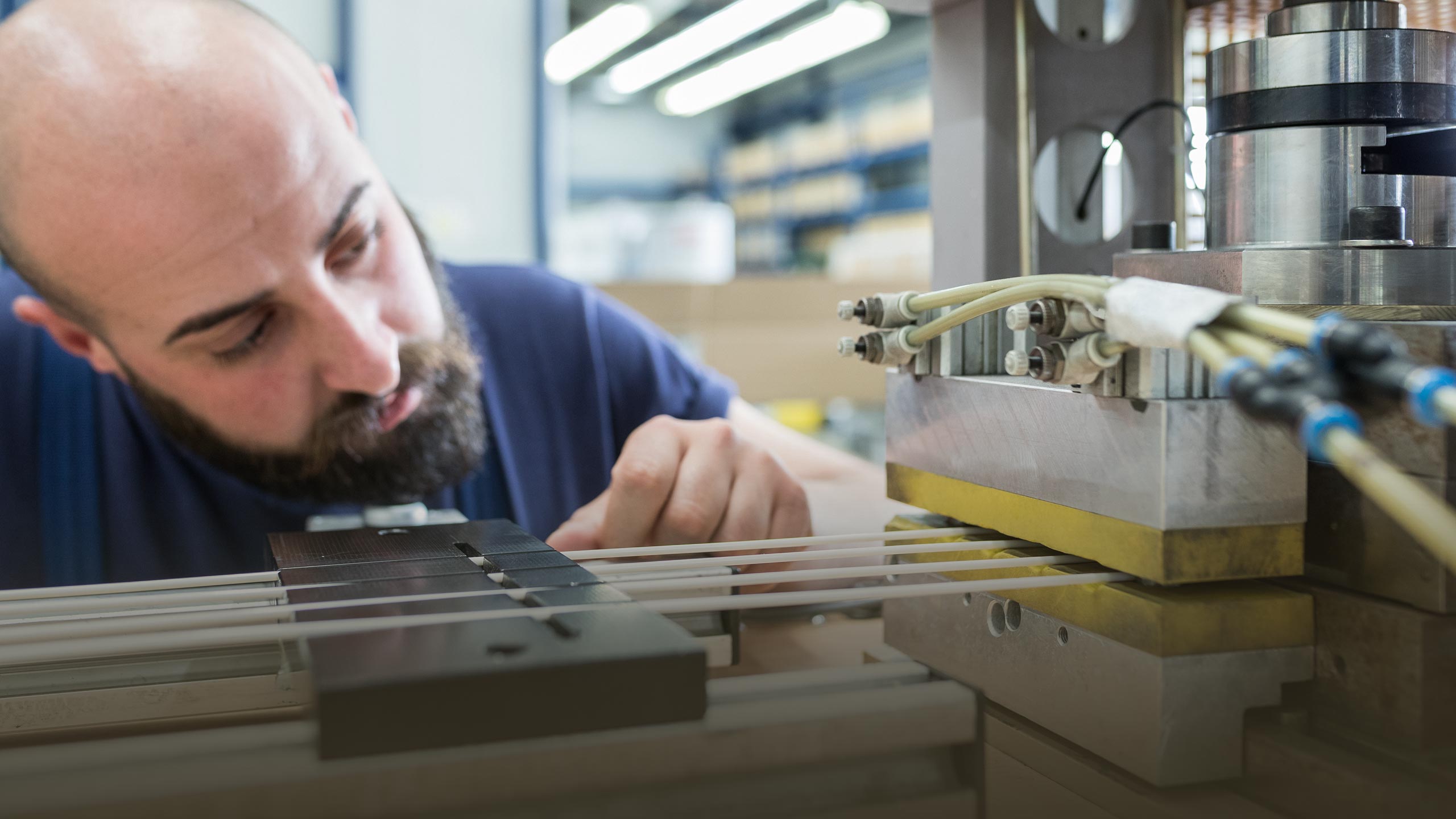
Ensinger produces filaments and 3D printed components made from high temperature plastics and offers application advice to all issues around additive manufacturing of high performance plastics. Where high temperature plastics are required in FFF processes, Ensinger filaments are very well suited. There are stock materials available as well as the option to develop customized filaments.
Engineers of all Ensinger branches and divisions are in continuous exchange to provide specialised materials best fitting to the customers applications. The goal is to supply customers with high quality materials which can be used for new technologies like additive manufacturing.

Though additive manufacturing is a relatively new field amongst the processing technologies, Ensinger has vast experience in the processing of high temperature plastics, which allows us to produce high precision and high quality filaments.
We provide continuous support throughout the whole process; from the selection of materials right through to production. Due to our compound production and development experts you are free to design and develop a material that meets your individual application requirements.

The knowledge transfer between divisions and specialized engineers of all branches within the Ensinger Group helps to find the best solution for each customer and each application.


On the basis of a vast and longstanding experience in working with high temperature thermoplastics Ensinger offers consultation for the whole workflow of additive manufacturing. In this new and ever-changing enviroment of 3D printing, we work in close co-operation with universities, research organisations and printer manufacturers. Our specialists will help you to find the right material for your desired application, provide you with high quality filaments and consult you throughout the process of the printing, machining and all finishing processes.
Additive manufacturing with Ensinger filaments enables forms of products which are not possible with any other processing technology. This opens application fields for high performance plastics that were unthinkable before.
3D print is an additive process, in which objects are being constructed in layers starting from the base. Different processing technologies are available. The suitable technology depends on the mechanical properties, the different advantages of the materials and the aesthetic requirements.
Together with the partners Ensinger is engaged in different processing technologies. Selective Laser Sintering (SLS) is looking very promising for the future of processing high performance thermoplastics. The focus is on Fused Filament Fabrication (FFF).
Beginning with the compounds, which can be modified according to specific customer requirements, moving right through to the production of the actual filaments, which are then used for producing parts via additive manufacturing. Additionally, further processing such as machining, surface finishing and laser marking can be used to optimise the result.


The honeycomb structure can be covered with 3D printing from both sides. This is not possible with other methods (compared to CNC milling and injection molding).




Ensinger GmbH
Rudolf-Diesel-Straße 8
71154 Nufringen
Germany
[obfemailstart]bWFyaXVzLmdyYWZAZW5zaW5nZXJwbGFzdGljcy5jb20=[obfemailend]
Phone +49 7032 819 410
Mobile +49 175 8845605